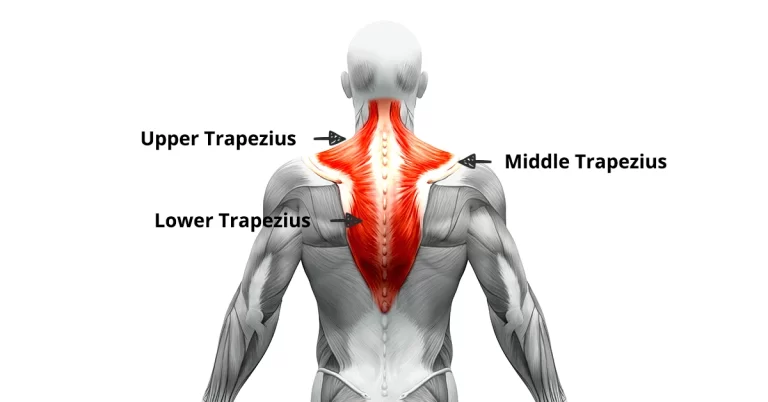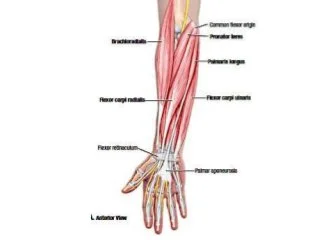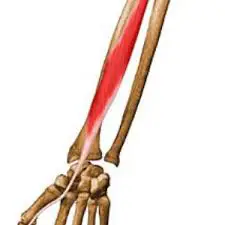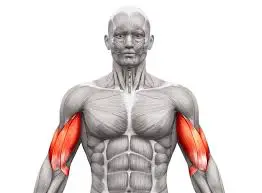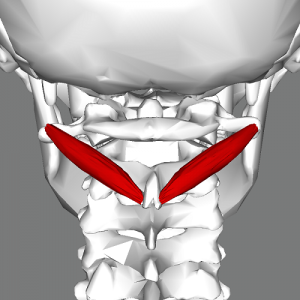Rhomboid major muscle
Table of Contents
Rhomboid Major Muscle Anatomy
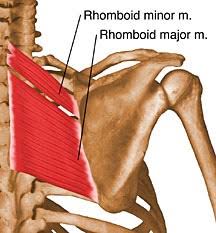
The Rhomboid major muscle is a skeletal muscle on the back that connects the scapula with the vertebrae of the spinal column. In human anatomy, it acts together with the rhomboid minor to keep the scapula pressed against thoracic wall and to retract the scapula toward the vertebral column.
Origin :
It originates from the spinous processes of the thoracic vertebrae T2 to T5 as well as the supraspinous ligament.
Insertion :
It inserts into the medial border of the scapula, from about the level of the scapular spine to the scapula’s inferior angle.
Nerve supply :
The dorsal scapular nerve (c5) supplies the muscle.
Blood supply :
Rhomboid minor and major receive arterial blood from three sources:
Dorsal scapular artery and deep branch of transverse cervical artery. Both of these blood vessels stem from the thyrocervical trunk.
Dorsal branch of upper five or six posterior intercostal arteries, branches of the thoracic aorta.
Action :
It pulls and rotates the scapula medially. It also holds the scapulae into the thorax wall.
Function :
The main action of the rhomboid muscles is scapular retraction around the scapulothoracic joint. Scapular retraction is a simultaneous sliding of the scapula superiorly and medially along the trunk. This superomedial movement of the scapula rotates the glenoid cavity inferiorly, dropping the shoulder girdle. By opposing excessive scapular protraction, the rhomboids help to maintain a correct posture when sitting, standing and walking.
In addition, the contraction of the rhomboids fixes and stabilizes the scapula into position. This provides an anchor point in space from which various muscles of the upper limb can act and a fulcrum around which the upper limb can move.
Strengthening Exercise :
1. Shoulder Blade Squeeze :

- Begin this exercise standing or sitting with your back straight.
- Your chin should be tucked in slightly and your shoulders should be back slightly.
- Slowly tighten your rhomboids by squeezing your shoulder blades together as hard and far as possible provided the exercise is pain free.
- Hold for 5 seconds and repeat 10 times.
2. Darts :

- Begin this exercise lying on your stomach with your arms by your side.
- Tighten your rhomboids by squeezing your shoulder blades together and slowly lifting your arms and chest off the ground, keeping your neck straight.
- Hold for 2 seconds at the top of the movement and then slowly return to the starting position.
- Perform 3 sets of 10 repetitions provided the exercise is pain free. This exercise may be performed with palms facing up or down.
Stretching Exercise :
1. Rhomboid Stretch :

- Bring arm across in front of body as shown.
- Hold elbow with opposite arm.
- Gently pull across chest until a stretch is felt in the back of shoulder.
- Repeat with other arm.
Related pathology :
The rhomboid muscles can have a great impact on upper body posture and shoulder mechanics. Poor upper body posture typically includes a number of features. One is that the shoulders, and specifically the scapulae, tend to become protracted. This will often lead to pain in the upper back, especially along the medial border of the scapulae. Therefore, strengthening muscles responsible for scapular retraction, such as the rhomboids, will help relieve the pain and improve upper body posture.
The continuous pressure on rhomboid muscles can lead to postural strain make them dysfunctional. This can limit the superior rotation of the scapula and glenoid cavity, leading to poor shoulder mechanics.
This may further affected- soft tissues in the shoulder region can become injured and painful, especially during activities that involve arm elevation above shoulder height. eg. sporting activities like tennis and volleyball.



